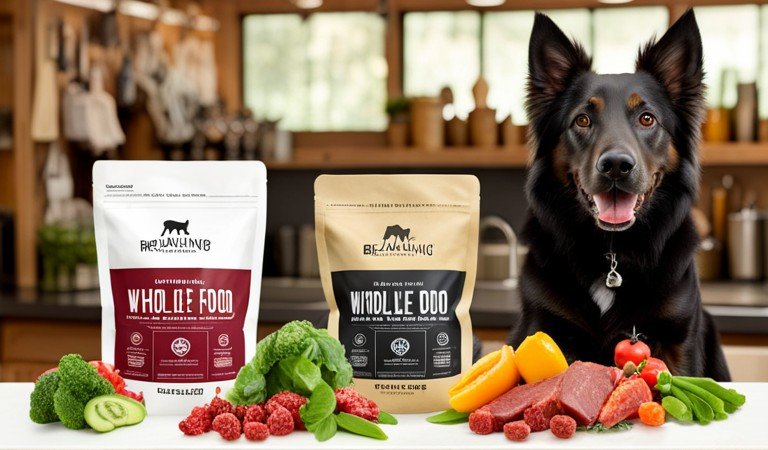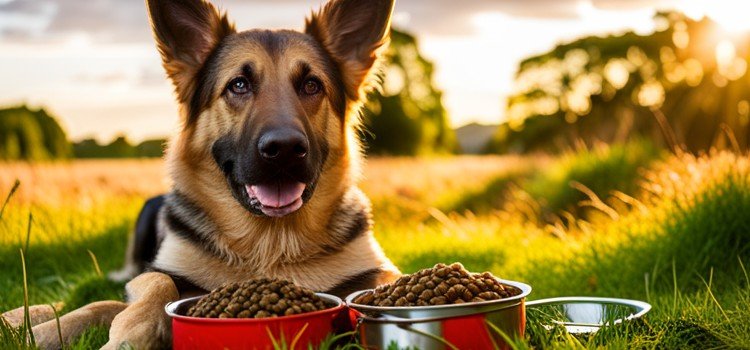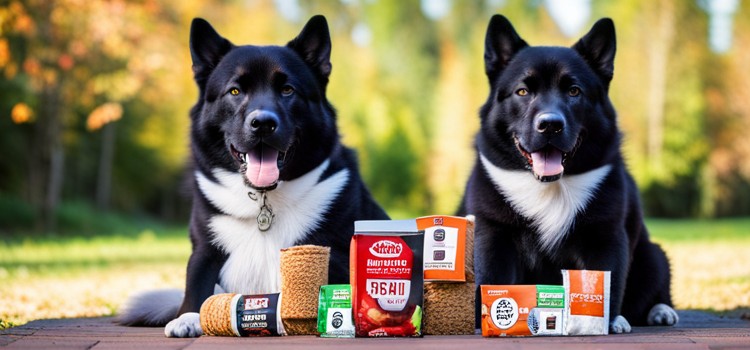As an Amazon Associate committed to the mission of improving the lives of our readers, Live-Clear.com receives a small commission from eligible purchases made through our affiliate links. This revenue enables us to keep producing insightful articles and other material.
To cook rabbit for dogs, boil or bake the meat until fully cooked. Serve in small portions for your dog’s meals.
Cooking rabbit for dogs can be a nutritious and delicious option for your furry friend. Rabbit meat is lean and packed with protein, making it a healthy choice for dogs. By preparing it through boiling or baking methods, you can ensure the meat is thoroughly cooked and safe for your pet to consume.
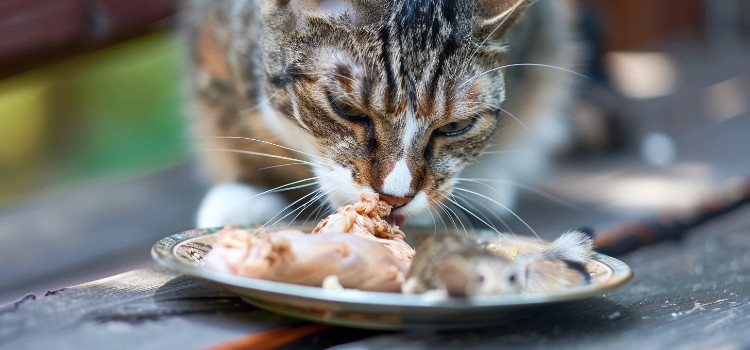
We will discuss the benefits of feeding rabbit to dogs, how to properly cook it, and important considerations to keep in mind when adding rabbit to your dog’s diet. Let’s dive into the details of how to cook rabbit for dogs to provide them with a wholesome and tasty meal option.
Benefits Of Feeding Rabbit To Dogs
Rabbit is a highly nutritious and beneficial protein source for dogs. It offers a range of essential nutrients that can contribute to your dog’s overall health and well-being. In this section, we will explore the nutritional value of rabbit meat and the specific health benefits it provides to our furry friends.
Nutritional Value Of Rabbit Meat for Dogs
Rabbit meat is low in fat and an excellent source of high-quality protein, making it a highly digestible and nutritious option for dogs. It is rich in essential amino acids, vitamins, and minerals, such as vitamin B12, iron, and selenium, which are vital for maintaining your dog’s energy levels and supporting various bodily functions. Rabbit meat is also free from hormones and antibiotics, making it a clean and natural protein choice for your canine companion.
Health Benefits For Rabbit Meat for Dogs
Feeding rabbits to dogs can offer a range of health benefits. Its lean and easily digestible nature makes it an ideal protein for dogs with sensitive stomachs or food allergies. The omega-3 fatty acids present in rabbit meat can support a healthy coat and skin, while its nutrient-rich profile can aid in muscle development and overall vitality. Furthermore, rabbit meat can be a great alternative for dogs with poultry or beef sensitivities, providing a novel protein source that may alleviate allergic reactions or intolerances.
Choosing The Right Rabbit Meat
When it comes to choosing the right rabbit meat, freshness is paramount. Fresh meat ensures the best taste and nutritional value, making it an ideal choice for a wholesome meal. Not only is rabbit meat a delicious and lean protein option for humans, but it can also be a great addition to a dog’s diet.
How to cook rabbits for dogs is a common question among pet owners looking to provide their furry friends with a varied and nutritious diet. By knowing how to properly prepare rabbit meat for dogs, you can ensure that your canine companion enjoys the benefits of this high-quality protein source.
Freshness Of Rabbit Meat for Dogs
When it comes to cooking rabbits for dogs, ensuring the freshness of the meat is essential for providing optimal nutrition and flavor. By using fresh rabbit meat, you can guarantee that your furry friend is getting the best quality ingredients in their diet. When preparing this wholesome meal, it’s important to cook the rabbit meat thoroughly to ensure it is safe for your dog to consume. Whether you choose to roast, stew, or boil the rabbit meat, maintaining its freshness will enhance the taste and overall quality of the meal for your canine companion.
Quality Of The Rabbit Meat for Dogs
When it comes to cooking rabbits for dogs, the quality of the rabbit meat is key in ensuring a healthy and nutritious meal. Selecting rabbit meat of high quality is essential, considering factors such as the source, color, and texture.
Quality Factors List:
- Source: Choose a reliable supplier for quality assurance.
- Color: The meat should have a pink hue with no discoloration.
- Texture: Look for firm and moist meat for ideal cooking.
Preparing Rabbit Meat For Dogs
Many dog owners are turning to rabbit meat as a healthy and natural protein source for their pets. How to cook rabbits for dogs is a common question that comes up when considering this alternative. The process involves ensuring that the meat is thoroughly cooked to eliminate any potential bacteria or parasites.
Trimming And Deboning
When considering how to cook rabbits for dogs, it’s important to start with trimming and deboning. Rabbit meat is a highly nutritious option for our furry friends, offering a rich source of protein and essential nutrients. By carefully trimming the meat and removing any bones, we can ensure a safe and enjoyable meal for our beloved pets.
Cooking Methods
When it comes to cooking rabbits for your furry friend, there are various methods to consider. The most common cooking methods for rabbit meat for dogs include grilling, baking, and boiling. Grilling rabbit meat ensures a smoky flavor that dogs find irresistible while baking it can create a tasty and tender dish. Boiling rabbit meat is a simple and healthy option, providing a light and easy-to-digest meal for your canine companion.
Whether you choose to boil, bake, or grill the rabbit meat, the key is to prioritize your dog’s health and well-being by preparing their food with care and attention to detail.
Recipe Ideas For Cooking Rabbit For Dogs
When it comes to providing healthy and varied meals for our furry friends, rabbit meat can be an excellent option. Rich in protein and low in fat, rabbit meat is a great addition to a dog’s diet. From simple stews to flavorful mashes, there are several recipe ideas for cooking rabbits for dogs that will surely have their tails wagging.
Simple Rabbit Stew
One of the easiest and most wholesome ways to prepare rabbits for your canine companion is by making a simple rabbit stew. This hearty dish can be made by simmering rabbit meat with nutrient-packed vegetables and a savory broth. Here’s a quick recipe to get you started:
Ingredients:
- Rabbit meat, cubed.
- Carrots, chopped.
- Sweet potatoes, diced.
- Peas.
- Low-sodium chicken broth.
Instructions:
- Place the rabbit meat, carrots, and sweet potatoes in a pot.
- Pour in enough broth to cover the ingredients.
- Simmer over low heat until the rabbit is tender and the vegetables are soft.
- Add the peas during the last few minutes of cooking.
- Allow the stew to cool before serving it to your pup.
Rabbit And Vegetable Mash
For a more palatable and easily digestible option, consider preparing a rabbit and vegetable mash for your dog. This recipe combines tender rabbit meat with a medley of nutrient-rich vegetables, providing a satisfying and well-balanced meal. Here’s how you can create this wholesome dish:
Ingredients:
- Ground rabbit meat.
- Sweet potatoes.
- Broccoli florets.
- Kale.
Instructions:
- Steam the sweet potatoes until they are soft.
- Cook the ground rabbit meat until thoroughly done.
- Blanch the broccoli and kale in boiling water.
- Combine all the ingredients and mash them together.
- Allow the mixture to cool before serving it to your dog.

Incorporating Rabbit Meat Into Dog’s Diet
Enhance your dog’s diet by introducing rabbit meat, a nutritious protein source. Cook rabbit for dogs by boiling or baking it to retain its natural flavors and nutrients. Ensure proper preparation to provide a healthy and enjoyable meal option for your furry companion.
Gradual Introduction
When it comes to incorporating rabbit meat into your dog’s diet, it is essential to proceed with caution and introduce it gradually. Dogs have sensitive digestive systems, and sudden changes to their food can cause gastrointestinal upset. It’s a good practice to follow a step-by-step approach to ensure a smooth transition for your furry friend.
The first step is to start by offering a small amount of cooked rabbit meat mixed with your dog’s regular food. This can be done over a few days, slowly increasing the proportion of rabbit meat while decreasing the regular food. This gradual introduction allows your dog’s system to adapt to the new protein source without any adverse effects.
Monitoring Dog’s Health
Ensuring your dog’s health is of utmost importance when incorporating rabbit meat into their diet. Make sure to closely monitor your dog for any signs of allergies or sensitivities during the transition process. Keep an eye out for symptoms such as vomiting, diarrhea, excessive itching, or changes in appetite. If you notice any of these signs, it’s best to consult with your veterinarian for further guidance.
Additionally, it’s essential to observe your dog’s overall well-being after incorporating rabbit meat. Pay attention to their energy levels, coat condition, and bowel movements. If you notice any improvements or concerns, adjusting the amount of rabbit meat or consulting with a professional can be beneficial. Remember, it’s all about finding the right balance for your dog’s unique dietary needs.
Avoiding Harmful Ingredients
When cooking rabbits for dogs, it’s important to avoid using harmful ingredients that could potentially harm their health. Stick to dog-friendly ingredients and prepare the rabbit in a way that ensures it is safe and nutritious for your furry friend.
Onions And Garlic
Rabbits are naturally herbivorous, and their digestive systems are not designed to process certain ingredients that can be harmful to dogs. Onions and garlic, common ingredients found in many human dishes, fall into this category. Although they add flavor to our meals, these ingredients can be toxic to dogs. Onions and garlic contain compounds called thiosulphates which can cause a condition called hemolytic anemia in dogs.
Excessive Seasonings
When cooking rabbits for your dog, it’s important to avoid excessive seasonings. While certain spices can enhance the taste of human food, some can be harmful to dogs. Too much salt, for example, can lead to excessive thirst and dehydration. High amounts of salt can also result in an electrolyte imbalance in your dog’s body. Similarly, other seasonings like chili powder, pepper, and spicy herbs can cause digestive upset or irritation to dogs. It’s best to keep the seasonings minimal and focus on using natural flavors instead.
If you prefer a more detailed way to understand the harmful effects of ingredients, here is a table for reference:
| Harmful Ingredient | Toxicity Level |
|---|---|
| Onions | Highly Toxic |
| Garlic | Highly Toxic |
| Excessive Salt | Moderately Toxic |
| Chili Powder | Low Toxicity |
| Pepper | Low Toxicity |
| Spicy Herbs | Low Toxicity |
Remember, as pet owners, it’s our responsibility to provide our dogs with safe and nutritious meals. By avoiding harmful ingredients like onions, garlic, and excessive seasonings, you can ensure that the rabbit dish you prepare is healthy and enjoyable for your furry friend. Stick to simple, dog-friendly seasonings and let the natural flavors of the rabbit take center stage.
Consulting With A Vet
Health Professionals Advice
Before embarking on the journey of cooking rabbit for your dog, you should seek the advice of a veterinarian. Vets can provide invaluable insights into the nutritional needs of your pet and whether rabbit meat is suitable for them. Additionally, they can offer guidance on appropriate feeding practices to ensure your dog’s health and well-being.
Monitoring Dog’s Response
Once you’ve consulted with your vet and received the green light to introduce rabbit meat into your dog’s diet, it’s important to carefully monitor their response. Observing any changes in their behavior, digestion, and overall well-being is crucial. Regular check-ins with your vet can help to ensure that the introduction of rabbit meat is having the desired positive impact on your dog’s health.
Final Tips For Cooking Rabbit For Dogs
Experts recommend following these additional guidelines to ensure your dog’s rabbit meal is both delicious and nutritious.
Storage Tips
- Store cooked rabbit in airtight containers in the refrigerator.
- Freeze portions in freezer-safe bags for longer storage.
- Avoid leaving rabbit out at room temperature for extended periods.
Portion Control
It’s important to portion each meal appropriately to prevent overfeeding.
- Consult your vet for the ideal portion size based on your dog’s weight.
- Divide the rabbit into manageable portions for each serving.
- Adjust portion sizes based on your dog’s age, activity level, and overall health.
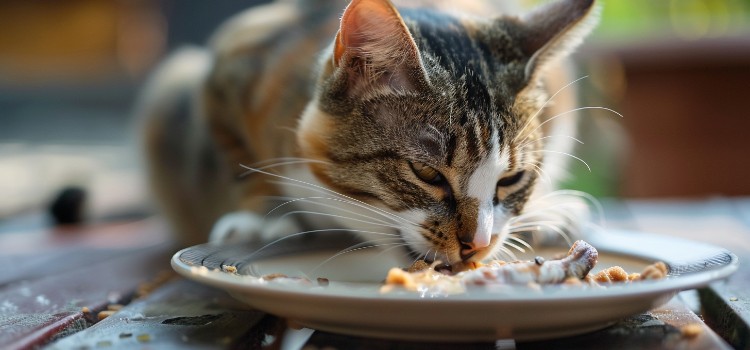
Conclusion
Cooking rabbit for dogs can be a nutritious and flavorful option. With the right preparation, it can provide essential nutrients for your pet’s health. Remember to consult with a veterinarian and follow proper cooking guidelines to ensure your dog’s safety and well-being.
Frequently Asked Questions For How To Cook Rabbit For Dogs
To cook rabbit for dogs, start with boneless rabbit meat, cook it thoroughly, and avoid using seasoning or spices.
Yes, rabbit meat is safe for dogs to eat as long as it is cooked properly and served without bones.
It is not recommended to feed dogs raw rabbit as it may contain harmful bacteria that can cause digestive issues.
Rabbit is a good protein source for dogs because it is lean, easily digestible, and provides essential amino acids.
Dogs with allergies can often tolerate rabbit meat as it is a novel protein source, which means they haven’t been exposed to it before.
Experimenting with new recipes can be rewarding for you and your furry friend.
Amazon and the Amazon logo are trademarks of Amazon.com, Inc, or its affiliates.
